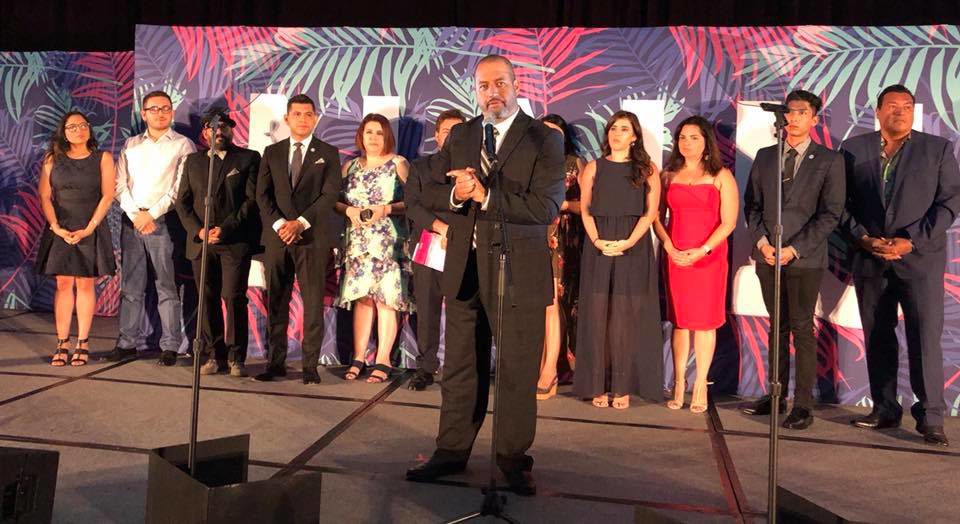NAHJ Cancels Elections, Board Gets Extra Year:
Overall Air of ‘Unpredictability’ Cited
4 Passings:
Theodore Gaffney Risked Life on Freedom Rides
Rich Holden, Diversity Advocate, Dies at 70
Eugene Kane, Milwaukee Columnist, Was 63
Fletcher Clarke, Pathbreaking Editor, Was 77
Nominate a J-Educator Who Promotes Diversity
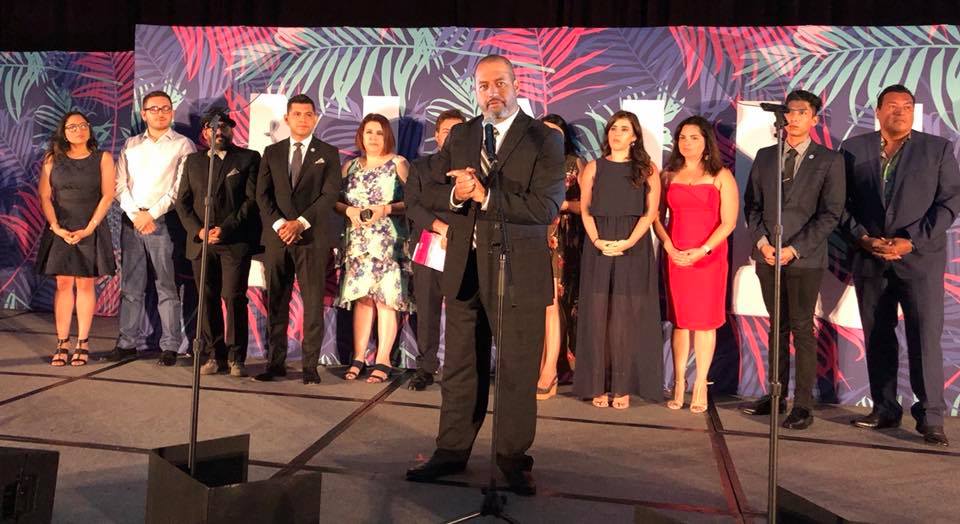
Overall Atmosphere of ‘Unpredictability’ Cited
The National Association of Hispanic Journalists has decided to postpone elections this year, keeping on its board those whose terms were to expire. That means none of the 18 members will rotate off the body.
“After much consideration, the board voted to temporarily limit any unnecessary radical change in the interest of preserving a strong and effective organizational foundation,” the association, which counts 2,349 members, said in an announcement Thursday.
“The terms set to expire include executive board members elected in 2018, and positions filled by appointment in 2019. Per the bylaws, NAHJ is on a timeline for the national board election tied to the annual convention. While NABJ [the National Association of Black Journalists] and NAHJ have not canceled the convening in July, the final decision is not able to be made at this time due to contractual obligations. Additionally, the 2020 NAHJ Hall of Fame Awards and the 2020 NAHJ Ñ Awards will not take place. . . .
“ ‘At a time when our communities, industry, and nation are facing unpredictability, it is essential to make decisions that facilitate strength and stability,’ said Hugo Balta, NAHJ President. ‘Temporarily extending the duties of a knowledgeable board that can act with certainty is the most responsible course of action.’ ”
Balta messaged Journal-isms that the board unanimously approved the action late last month in a conference call after Alberto Mendoza, the executive director, suggested that the board consider canceling the election.
“Basically every term is pushed by a year, that is to say everyone serving on the board right now will serve 3 years (and not 2).
“In 2021, the executive board, and board members appointed to positions in 2019 will be up for election. In 2022, all Director and At-Large positions are up for election.”
On Twitter Thursday, former NAHJ President Rafael Olmeda, a reporter at the South Florida SunSentinel, questioned the decision. “The only question I have is, what legal authority does the board have to take this action? Please cite the bylaws or case law where this action is permitted. You did consult an attorney prior to acting, correct?
Current board member Robert Hernandez, who teaches at the University of Southern California, replied, “The timeline laid out in the bylaws and the reality of COVID makes the election impossible.”
4 Passings
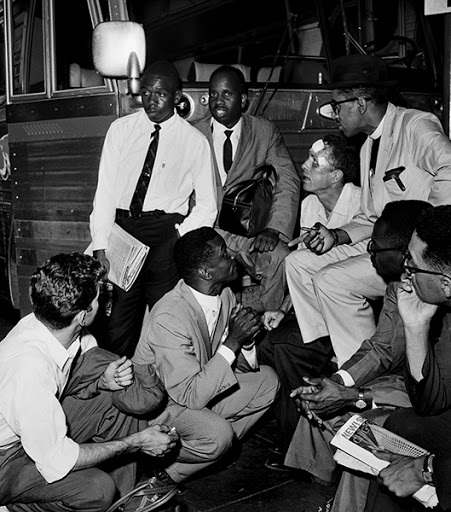
Theodore Gaffney Risked Life on Freedom Rides
Theodore Gaffney, a photographer who survived the Freedom Rides of 1961, among the most violent and horrific incidents of the civil rights movement, died Easter Sunday of the coronavirus at age 92, Ian Shapira reported Thursday for the Washington Post.
“In the spring of 1961, Jet magazine asked Theodore Gaffney, a Washington freelance photographer, to travel with the Freedom Riders, a group of activists from across the country who planned to challenge segregation in the South by riding Greyhound and Trailways buses,” Shapira explained.
“Organized by the Congress of Racial Equality, the Freedom Riders wanted to sit in the front of the buses with white people, use whites-only restrooms in bus terminals and eat at whites-only lunch counters. . . .”
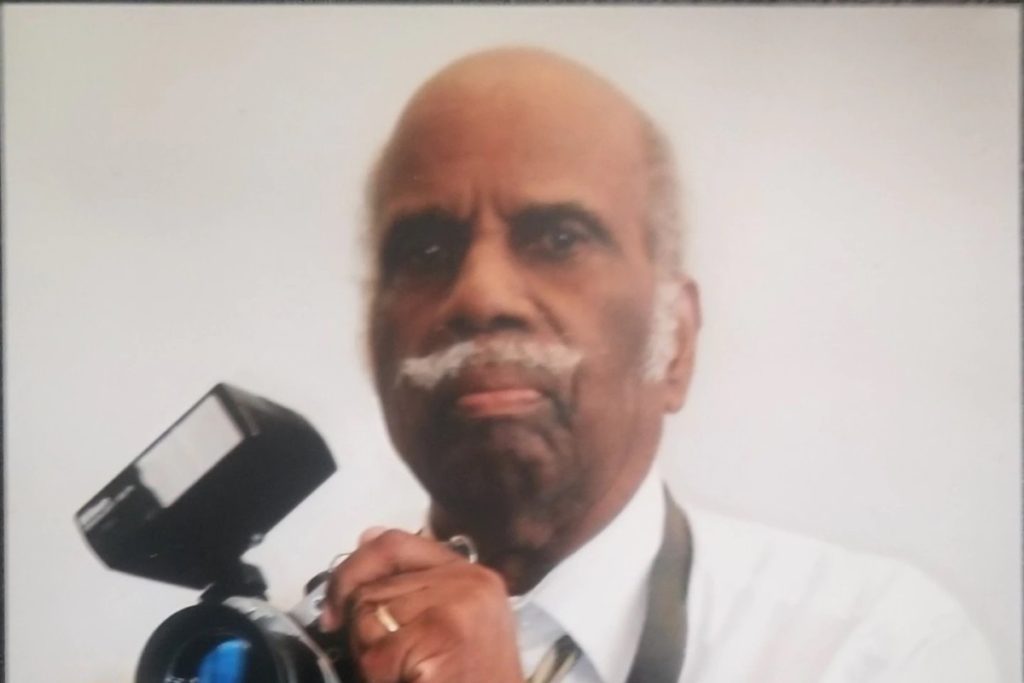
In his memoir, “Shocking the Conscience: A Reporter’s Account of the Civil Rights Movement,” the late Jet reporter Simeon Booker recalled, “CORE stated that all it hoped to do was to demonstrate that a group could ride buses in the Deep South in a desegregated manner, and thus encourage others to do it. It should have been no big deal . . .
“Yet everyone getting on the two buses in Washington, D.C., myself and photographer Theodore Gaffney included, knew it would be very different. Gaffney, a reed-thin Washington-based freelancer, almost 10 years younger than I, later admitted he didn’t know what to expect, but wondered why a Johnson Publishing staff photographer wasn’t going with me.
“No mainstream (that is, white) press went along on the ride. . . . “
Booker added, “Gaffney and I were the only newsmen boarding either of the two buses (one Trailways, the other Greyhound) on the morning of May 4. . . .”
Raymond Arsenault, author of the 2007 book “Freedom Riders: 1961 and the Struggle for Racial Justice,” wrote, “the true nature of the Riders’ predicament came into focus: With the apparent connivance of law enforcement officials, the organized defenders of white supremacy in Alabama had decided to smash the Freedom Ride with violence, in effect announcing to the world that they had no intention of letting the law, the U.S. Constitution, or anything else interfere with the preservation of racial segregation in their sovereign state. . . .”
Klansmen boarded the bus in Birmingham, Ala., beating its occupants and setting the bus on fire.
“I looked around for Gaffney and discovered we’d been separated in the melee. Seeing the mob, he’d headed for the ‘colored’ waiting room,” Booker continued. “When he looked back, he saw white guys with bats and lead pipes running toward the ‘white’ waiting room, but there was no sign of me. He wondered if I’d already been knocked to the ground or even killed, which he rightly figured might be his own fate if he came out of the waiting room. . . .”
Booker and others referred to local blacks allied with the courageous Rev. Fred Shuttlesworth, Birmingham’s leading civil rights activist, as “Birmingham deacons.”
“As if on cue (and in fact it was),” Booker wrote, “the mob had left the terminal after its 15-minute rampage, and Gaffney thought it was safe enough to venture outside the ‘colored’ waiting room. When two deacons encountered him, they asked, ‘Have you seen any Freedom Riders around here?’ The shaken photographer replied that he didn’t know if they were dead or scattered around downtown, but he was glad to be taken along as the deacons headed out to look for the others. . . .”
The Freedom Riders decided to continue to Montgomery. As Booker wrote, “Gaffney and I were not about to leave the ride or abandon the story.”
Booker continued, “”Finally, we were about to board a plane when I saw Gaffney take a folder from a kiosk. Opening it, he wrote on what appeared to be a form, and then sealed it like an envelope.
” ‘ What are you doing?’ I asked.
” ‘He replied as if it should be obvious: ‘Taking out insurance.’
” ‘You don’t need that,’ I scoffed.
“Gaffney, who had never been in an airplane before in his life and was somewhat apprehensive about it, was thinking that whatever happened in the air would have to be better than being beaten to death with a lead pipe. But in either case, he had a family to consider. He looked around and quietly reminded me that he’d had only a couple of days notice before boarding the bus in D.C., and, unlike the CORE people, who’d had time to prepare themselves for nonviolent reaction to anything that might befall them, he was sure of one thing.
“If anybody comes at me, he’s gonna have ‘Nikon’ imprinted backwards on his forehead! He dropped the insurance packet in the mailbox before we boarded. . . “
However, everyone was ordered off the plane because of a report of a bomb on board. The Freedom Riders began to whisper, “This is a trap. We’ll all be killed.”
“Finally, at about 11 p.m., John Seigenthaler flew in on a commercial flight, and aided by four FBI agents and long-distance arm-twisting by the attorney general [Robert F. Kennedy], got us flown out to New Orleans on Eastern Airlines. The sweat in our armpits wasn’t just from the heat.”
Seigenthaler, who died in 2014, was special assistant to Attorney General Kennedy and went on to become editor-in-chief of the Tennessean in Nashville and editorial page editor of USA Today.
Shapira continued in the Washington Post, “Gaffney would live six more decades and take many more pictures of presidents, and even Queen Elizabeth, according to his family. But in early April, Gaffney tested positive for the coronavirus and died April 12 at George Washington University Hospital, according to his wife Maria Santos-Gaffney, 58. . . .”
Rich Holden, Diversity Advocate, Dies at 70
Richard S. Holden, who undertook efforts “to bring diversity to the newsroom long before diversity became a buzzword,” as his wife, Mary-Anna Nichols Holden, put it in a Facebook tribute, died Wednesday after a long illness. He was 70.
“After graduating from the University of Missouri with bachelor’s and master’s degrees in journalism, Rich spent his entire 41-year career with Dow Jones & Company, publishers of the Wall Street Journal, beginning in 1973 on its national news copy desk,” Nichols Holden wrote on Facebook Thursday.
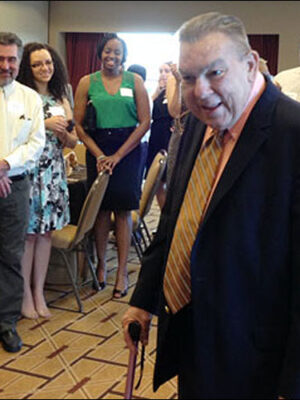
“In 1976, he moved to Hong Kong as one of the original staffers that started up the Asian Wall Street Journal. During his tenure there, Rich served as a lecturer in [residence] at the Chinese University of Hong Kong, teaching the only course offered in English. Upon his return to New York in 1979, he worked in numerous editing capacities at the Journal including day news editor, night news editor, national news production manager, copy desk chief and financial editor, along with recruiting, hiring and training. . . .
“In 1992, Rich left the Wall Street Journal for the non-profit side of Dow Jones as Executive Director of the Dow Jones News Fund, a position he held until retirement in 2014. Rich was known as a change agent in editing and foresaw the need for real-time editing internships before social media gained its important role today delivering crisp, concise news.
“For 25 summers, he gave two weeks of his vacation time to teach at the Maynard Institute for Journalism Education’s ‘Editing Program for Minority Journalists’ at the University of Arizona in Tucson, where he regaled students with his famed ‘Afraid of Math? Take a Number,’ ‘How to Write a Resume,’ and ‘How to Conduct Yourself in a Job Interview’ lectures in addition to mastering page makeup and good old fashioned headline writing and pencil editing. . . .”
Holden had won awards from journalism organizations, but the accolades reached a crescendo when Dow Jones abruptly let him go in 2014 and his position was eliminated, as Holden told Journal-isms at the time.
Evelyn Hsu, program manager at the Maynard Institute for Journalism Education and now its co-executive director, said of Holden then by email, “His generosity went beyond the sessions he led on, among other topics, math for journalists. For our program directors and faculty he was a counselor and wise advisor. Nothing flustered him. On top of everything, he would then take everyone out for dinner!
“I hope Rich will continue to teach and to serve as a mentor to young journalists. Journalism is smarter and more diverse because of him.”
S. Mitra Kalita, senior vice president of news, opinion and programming at CNN, wrote Thursday on Facebook, “It is not an understatement to say I owe my career to Richard Holden. He was head of the Dow Jones Newspaper Fund when I did a program in the summer of 1993 and tracked my career for decades to come. So many stories like mine. He was the ultimate ally. RIP.”
Among Holden’s survivors, his wife listed “his larger journalism community, the hundreds of students who progressed through the Dow Jones News Fund internships; the training programs he developed for journalism professors at historically black colleges; and the editing excellence centers he established across the country. It was a love for the editing craft and mentoring students to each’s individual success that motivated him.”
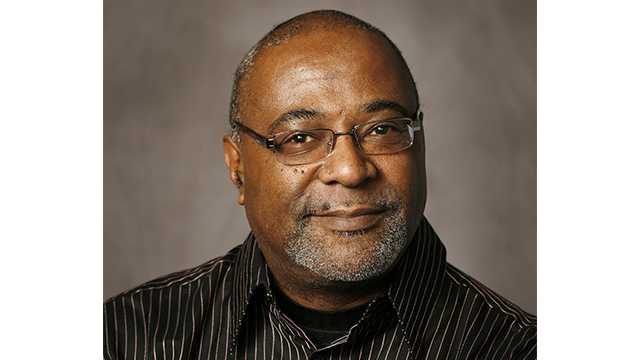
Eugene Kane, Milwaukee Columnist, Was 63
“Longtime Milwaukee Journal Sentinel columnist Eugene Kane, who stirred the pot on race and its impact on Milwaukee’s African American community and the central city, was found dead in his east side apartment Thursday,” his friend and colleague James E. Causey wrote for the Journal Sentinel on Thursday.
“He was 63.
“No foul play was suspected; the medical examiner will test for COVID-19.
“Kane, who never married and didn’t have any children, graduated from Temple University, and moved from Philadelphia to Milwaukee in September 1984 to work for the Milwaukee Journal, the city’s evening newspaper.
“He covered a number of beats before becoming known for his award-winning column Raising Kane in the Journal Sentinel. The column consistently challenged readers to deal with race as a force in politics, culture, business and the media.
” ‘Eugene was a passionate journalist and wonderful writer who cared deeply about justice. As a columnist, he encouraged the people of Milwaukee and America to listen to our better angels, to confront our failures and to not surrender to accepting racial injustices and inequities. He urged us all, including himself, to be better,’ said George Stanley, editor of the Milwaukee Journal Sentinel. . . .”
An incident in 2015 changed his perspective on life, Kane later wrote. “I was driving a rental car from my hometown of Philadelphia to my sister’s home near Washington, D.C., when suddenly I felt disoriented and groggy.
“About a month later, I woke up in a Maryland hospital, where I had been unconscious and on life support after a severe diabetic seizure led to a stroke. . . .”
“My situation drew a flurry of social media attention after a few friends were alerted to my condition. Hundreds of Facebook friends and followers, many of whom only knew me because of my writings — shared information and updates.
“The cards, letters and flowers that found me at the hospital far from Milwaukee were a humbling testament to the impact my journalism career has had on readers. . . .”
He added, “I have a new appreciation when a medical condition is called ‘a silent killer.’ I was almost a victim of this particular killer, but now consider myself a survivor who briefly crossed over to the other side, yet managed to return and stand in the light.
“I vow to cherish each new day as a mark of success over that darkness, and to make sure the people in my life know how much I cherish them — and how much I want them to take care of themselves.
“And if you’re reading this, that means you.”
His fellow African American columnists became more familiar with his work after he became part of the Trotter Group, named after hell-raising Boston publisher William Monroe Trotter.
“As a Milwaukee native, I greatly appreciated Eugene’s fearless, unbowed commentary in one of the most segregated cities in America,” messaged Boston writer Derrick Z. Jackson. “He once said, ‘I’m not doing this to make white people feel better.’ In saying that, he lived up to the charge of journalists to comfort the afflicted and afflict the comfortable.”
Monroe Anderson messaged from Chicago, “Gene was a hell-raiser. proud of it and bragged about it.”
Elmer Smith wrote his Trotter Group colleagues: “Gene left a body of work that reflects an anatomical anomaly that is in the best traditions of black opinionists: His brain didn’t work unless his heart was engaged.
“He was a Trotter and an unwavering adherent to the principles of the Trotter Group who did not compromise his blackness for a space in a white publication. He was also a Philadelphian (sorry Milwaukee) who never lost his love of his hometown despite his devotion to the people and causes of his adopted city… .”
- Milwaukee magazine: Crossing the Line (2008)
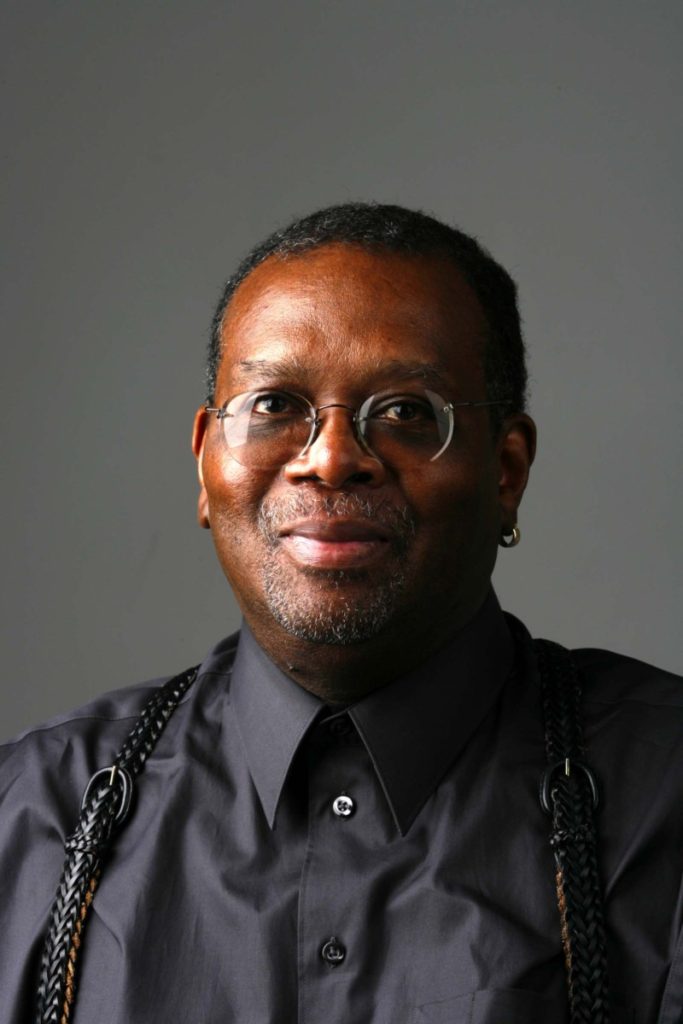
Fletcher Clarke, Pathbreaking Editor, Was 77
Fletcher Clarke, who worked at various Gannett properties as well as the old Philadelphia Evening Bulletin and the now-legendary Summer Program for Minority Journalists at Columbia University, died April 9 at his home in Louisville, Ky., where he had worked for 21 years at the Courier Journal.
He was 77 and died in his sleep, apparently after a massive heart attack, friends said.
“Fletcher was many things — a friend, fine editor, counselor, teacher and a true professional who exuded class,” Bennie Ivory, editor of the Courier Journal for much of Clarke’s time there,” messaged Journal-isms on Thursday.
“He understood better than most the difficulties young African American journalists could encounter in white male-dominated newsrooms.
“He knew those challenges well because he traveled the lonely, uncharted road to become one of the first African American managing editors in the country. He unselfishly shared his experiences and wisdom to help many of us avoid the political land mines that can undermine or sidetrack careers. All the while, he always urged you to speak up but to pick your battles.
“Fletcher is also remembered by his colleagues as a calming influence in the heat of the newsroom. Fletch was indeed that — and more…”
According to the family obituary, “Fletcher’s career in journalism began with the Philadelphia Evening Bulletin. For 10 years, from 1962-1972 he was a reporter for the Bulletin. After leaving Philadelphia, Fletcher was employed as Deputy Administrator of the [Summer Program for Minority Journalists] at Columbia University in New York City. In 1973, he moved to a reporting position with The Rochester Democrat and Chronicle. He joined the Gannett News Service in 1974 and in 1977 was reassigned to The Niagara Falls newspaper.
“In 1982, Fletcher was a part of the start-up of USA Today. Fletcher relocated to Louisville KY in 1987 and was employed by The Courier Journal where he served faithfully as Senior Copy Editor. He also served as Associate Editor of The Forum. After 21 years at The Courier Journal, 35 years with Gannett News Service and 47 years in journalism, Fletcher retired in 2009.”
Lee Ivory, a veteran journalist who is also Bennie Ivory’s brother, messaged Thursday, “It goes without saying that Fletcher Clarke was a newsroom pioneer. All of us who have been able to break into newsrooms the past 30 years or so owe Fletcher a heartfelt tip of the hat.
“When he was managing editor of the Niagara Gazette, for instance, he was one of the very few black news leaders in the country. Despite the title, it couldn’t have been easy for him, as many us know firsthand from being in similar situations in these so-called progressive times. I remember Fletcher as fearless. Not militant, but fearless in the sense that he trusted his instincts and his intellect.
“He could talk to anybody about pretty much anything. Some of my fondest memories are the dinners and cocktail hours we shared over the years. He will be missed. Fletcher was a real-life superhero.”
Updated April 18: Owyda Clarke, Fletcher Clarke’s daughter, produced this video.
When Clarke retired from the Courier Journal, Jim Kirchner, news operations manager, wrote the staff, “Fletcher has championed many causes and helped numerous young writers and editors develop their potential during his accomplished career. As he sits next week sipping cocktails on the verandah of his western Louisville home, he should relax in knowing it was a career well done. . . .”
Clarke messaged Journal-isms then, “As of now the plan is to relax for a couple of months and appreciate weekday dinners with Penny,” a reference to his life partner, Carol V. Ralph. “I’ll continue studying tai chi and being a student-teacher to a tai chi class for seniors.
“This has been a wonderful career; I’m thankful for the shoulders I’ve stood on and hope mine have been supportive.”
Condolences may be mailed to Carol Ralph and family, 3118 Virginia Avenue, Louisville, KY 40211.
Nominate a J-Educator Who Promotes Diversity
Beginning in 1990, the Association of Opinion Journalists, formerly the National Conference of Editorial Writers, annually granted a Barry Bingham Sr. Fellowship — actually an award — “in recognition of an educator’s outstanding efforts to encourage minority students in the field of journalism.”
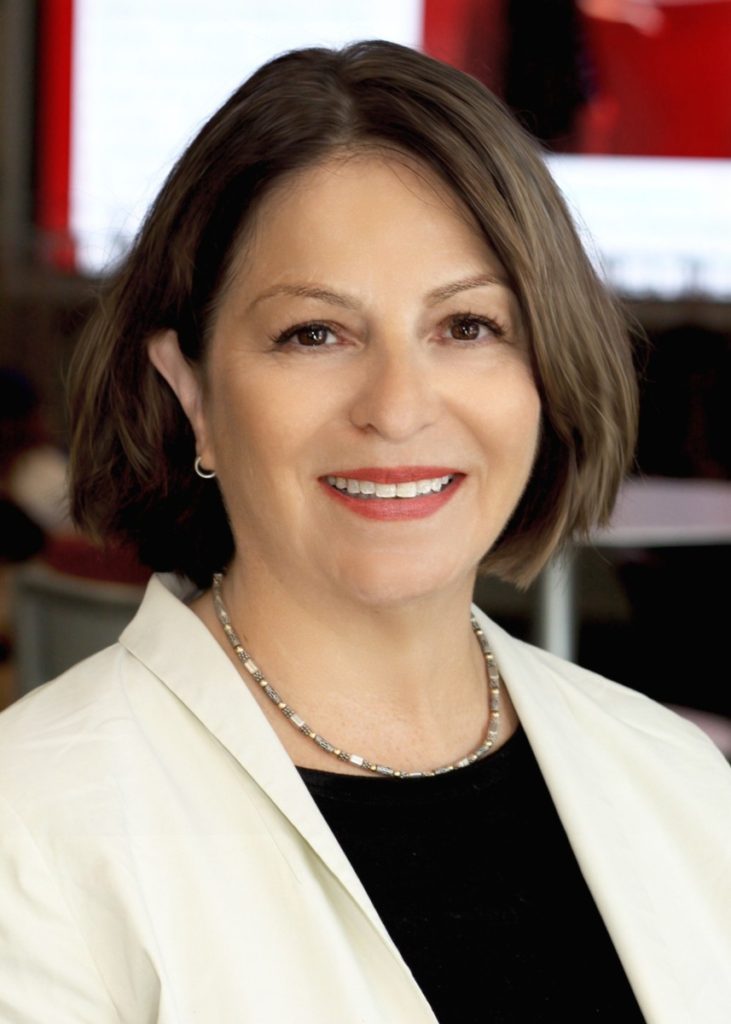
AOJ merged in 2016 into the American Society of News Editors, which as the News Leaders Association is continuing the Bingham award tradition.
Since 2000, the recipient has been awarded an honorarium of $1,000 to be used to “further work in progress or begin a new project.”
Past winners include James Hawkins, Florida A&M University (1990); Larry Kaggwa, Howard University (1992); Ben Holman, University of Maryland (1996); Linda Jones, Roosevelt University, Chicago (1998); Ramon Chavez, University of Colorado, Boulder (1999); Erna Smith, San Francisco State (2000); Joseph Selden, Penn State University (2001); Cheryl Smith, Paul Quinn College (2002); Rose Richard, Marquette University (2003).
Also, Leara D. Rhodes, University of Georgia (2004); Denny McAuliffe, University of Montana (2005); Pearl Stewart, Black College Wire (2006); Valerie White, Florida A&M University (2007); Phillip Dixon, Howard University (2008); Bruce DePyssler, North Carolina Central University (2009); Sree Sreenivasan, Columbia University (2010); Yvonne Latty, New York University (2011); Michelle Johnson, Boston University (2012); Vanessa Shelton, University of Iowa (2013); William Drummond, University of California at Berkeley (2014); Julian Rodriguez of the University of Texas at Arlington (2015) (video); David G. Armstrong, Georgia State University (2016) (video); Gerald Jordan, University of Arkansas (2017), Bill Celis, University of Southern California (2018) and Laura Castañeda, University of Southern California (2019).
Nominations may be emailed to Richard Prince, Opinion Journalism Committee, richardprince (at) hotmail.com. The deadline is May 17. Please use that address only for NLA matters.
Support Journal-isms
Facebook users: “Like” “Richard Prince’s Journal-isms” on Facebook.
Follow Richard Prince on Twitter @princeeditor
Richard Prince’s Journal-isms originates from Washington. It began in print before most of us knew what the internet was, and it would like to be referred to as a “column.” Any views expressed in the column are those of the person or organization quoted and not those of any other entity. Send tips, comments and concerns to Richard Prince at journal-isms-owner@yahoogroups.com
View previous columns (after Feb. 13, 2016).
- Diversity’s Greatest Hits, 2018 (Jan. 4, 2019)
- Book Notes: Is Taking a Knee Really All That? (Dec. 20, 2018)
- Book Notes: Challenging ’45’ and Proudly Telling the Story (Dec. 18, 2018)
- Book Notes: Get Down With the Legends! (Dec. 11, 2018)
- Journalist Richard Prince w/Joe Madison (Sirius XM, April 18, 2018) (podcast)
- Richard Prince (journalist) (Wikipedia entry)
- February 2018 Podcast: Richard “Dick” Prince on the need for newsroom diversity (Gabriel Greschler, Student Press Law Center, Feb. 26, 2018)
- Diversity’s Greatest Hits, 2017 — Where Will They Take Us in the Year Ahead?
- Book Notes: Best Sellers, Uncovered Treasures, Overlooked History (Dec. 19, 2017)
- An advocate for diversity in the media is still pressing for representation, (Courtland Milloy, Washington Post, Nov. 28, 2017)
- Morgan Global Journalism Review: Journal-isms Journeys On (Aug. 31, 2017)
- Diversity’s Greatest Hits, 2016
- Book Notes: 16 Writers Dish About ‘Chelle,’ the First Lady
- Book Notes: From Coretta to Barack, and in Search of the Godfather
- Journal-isms’ Richard Prince Wants Your Ideas (FishbowlDC, Feb. 26, 2016)
- “JOURNAL-ISMS” IS LATEST TO BEAR BRUNT OF INDUSTRY’S ECONOMIC WOES (Feb. 19, 2016)
- Richard Prince with Charlayne Hunter-Gault,“PBS NewsHour,” “What stagnant diversity means for America’s newsrooms” (Dec. 15, 2015)
- Book Notes: Journalists Follow Their Passions
- Book Notes: Journalists Who Rocked Their World
- Book Notes: Hands Up! Read This!
- Book Notes: New Cosby Bio Looks Like a Best-Seller
- Journo-diversity advocate turns attention to Ezra Klein project (Erik Wemple, Washington Post, March 5, 2014)

